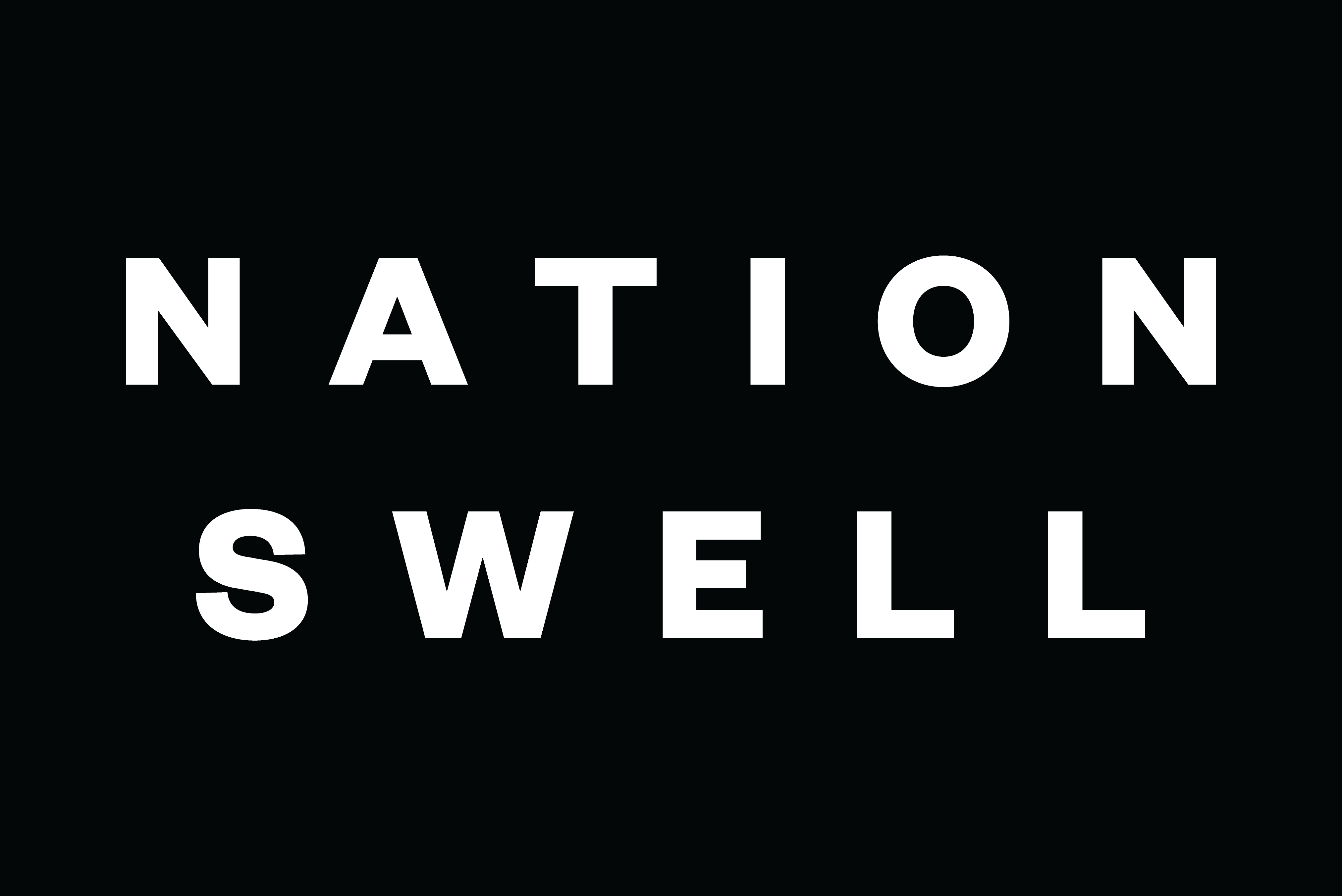On June 25, NationSwell hosted a virtual Leader Roundtable designed to offer social impact leaders a chance to dig into some of the most important aspects of developing and implementing a successful skills-based employee engagement program.
Some of the key takeaways from that discussion appear below:
Key takeaways:
- Embed skills-based volunteering into talent development strategy. Volunteering is a structured learning experience for employees. Employees that participate in skills-based volunteerism report increased pride and engagement, with the opportunity to share expertise and develop soft skills like communication and mentorship.
- Secure cross-functional leadership buy-in early. Senior leaders can be not only sponsors but active contributors to program design and refinement. Their involvement should send a strong internal signal that the skills-based volunteerism initiative is strategic, not just philanthropic.
- Align initiatives with business strategy to deepen impact. Skills-based initiatives should be designed with a dual purpose: supporting community workforce development while helping address internal skills gaps in key markets. This alignment helps secure both funding and sustained engagement.
- Co-create curriculum that reflects real-world demands. In skills-based programs, training content can be directly informed by operational experts and frontline managers. This ensures emphasis on skills like systems thinking, logistics processes, and real-time decision-making – elements not typically covered in standard curricula. Additionally, curriculum should be reviewed periodically to include new trends like AI, digital skills, and climate consciousness. Feedback loops with operations and HR help ensure the content remains market-relevant.
- Measure what matters: outcomes, not just outputs. Programs should move beyond basic metrics to track employment outcomes, increased income, and career progression of learners. Data can be shared with internal stakeholders to demonstrate ROI and inform future investment decisions.
- Prioritize inclusive workforce pipelines through program design. Curriculum can be deliberately designed to include students from traditionally lower-paid administrative tracks, such as young women, helping them transition into higher-paying roles and contributing to equity in the sector where you work.
- Leverage internal data to guide geographic targeting. While being cautious of self-dealing, consider talent development efforts focused on regions with the greatest talent shortages for your market. Internal HR leaders can map workforce needs to help prioritize cities and states where the program would have the most strategic impact.

 "
"
